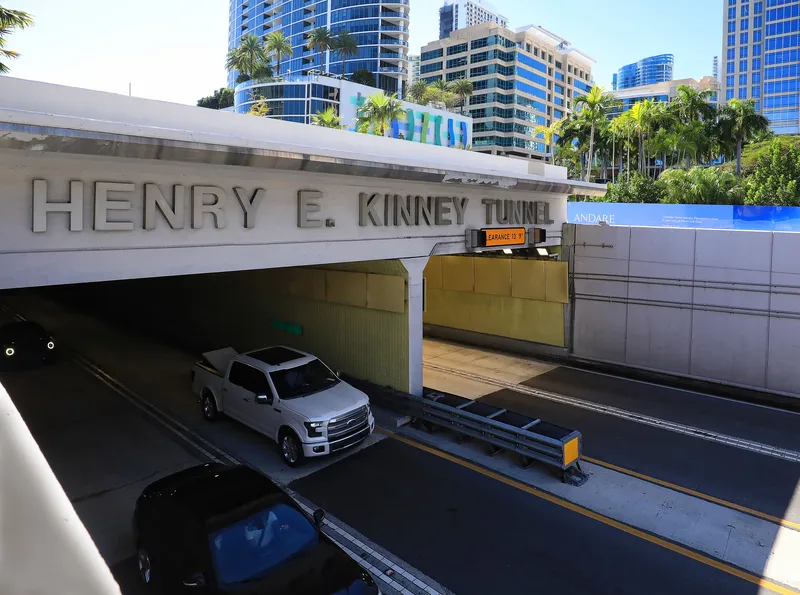
Software as a Service (SaaS) specialist Asistobe has launched its Optimize module.
The company, based in Norway, uses mobility data from a variety of sources to enable better public transport planning.
The Optimize tool allows transit operators to make short-term changes based on their current system and data.
"We are well ahead of schedule in our 2022 product development," says Scott Shepard, Asistobe chief commercial & product officer.
Optimize "enables service planners, operators, finance, executive and engineering stakeholders to scan the complete diagnostics of their public transport network", he adds.
Based on that they can see potential operational inefficiencies, for example in occupancy or frequency, and conduct short-term manual changes to better optimise costs, operations and customer satisfaction.
Operators can also run an automated artificial intelligence/machine learning prognosis based upon real transport demand data to present a seven-day outlook.
Shepard says the company will launch its Plan module in August.










